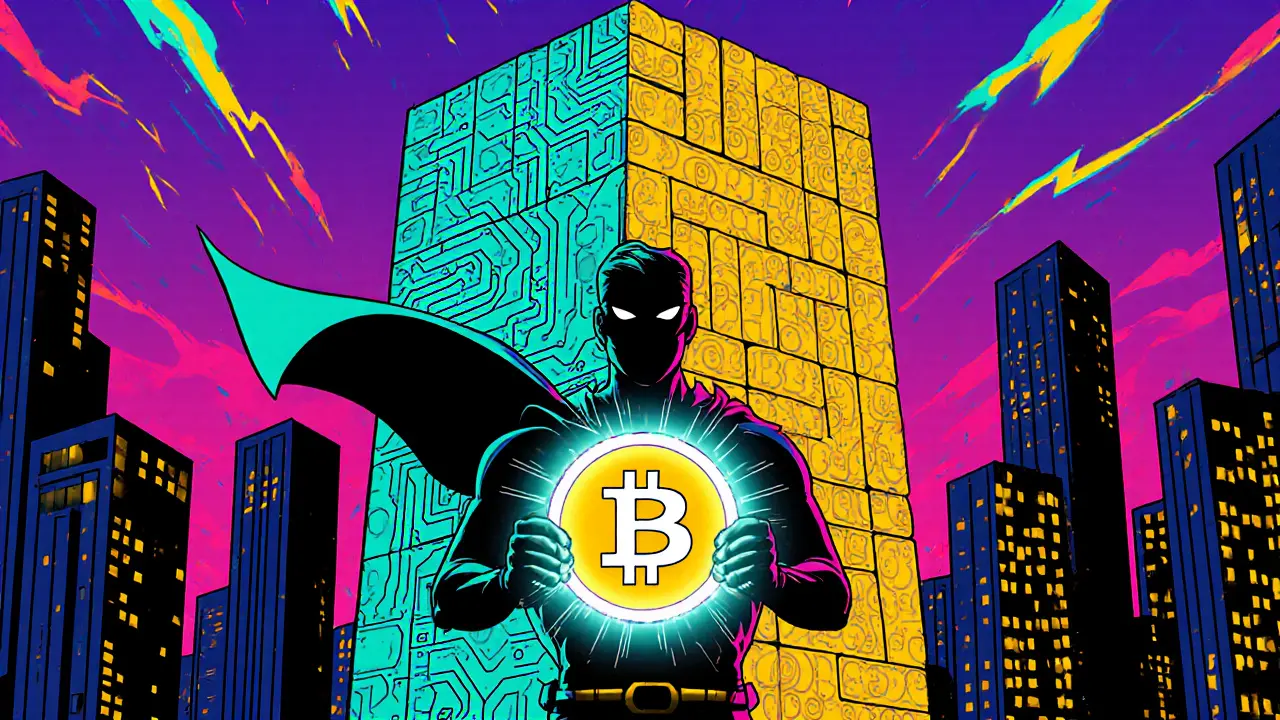Layer 2 Scaling Guide
When dealing with Layer 2, off‑chain solutions that boost blockchain throughput while preserving security. Also known as L2 scaling, it acts as a bridge between the main chain and faster processing layers.
One of the most common Rollup, a method that bundles many transactions into a single proof submitted to the base chain is the rollup. Rollups encompass data compression, enabling higher transaction rates without sacrificing decentralization. They require smart‑contract verification on the main chain, which keeps trust intact.
Another pillar of L2 is the Sidechain, an independent blockchain linked to a mainnet via a two‑way peg. Sidechains provide developers a sandbox for experimenting with new features, and they influence overall network scalability by off‑loading traffic. Projects like Polygon illustrate how sidechains can dramatically lower fees.
For ultra‑low‑latency needs, State Channel, a private, off‑chain conduit where participants exchange signed messages before settling on‑chain offers near‑instant finality. State channels require participants to lock a small amount of assets, then they enable high‑speed micro‑transactions without burdening the main net.
Why does Ethereum care so much about L2? The base network faces a hard cap on transactions per second, leading to congestion and high gas fees. By integrating rollups, sidechains, and state channels, Ethereum extends its capacity, allowing DeFi, NFTs, and gaming apps to run smoothly. This relationship highlights how Layer 2 solutions are essential for mainstream adoption.
If you’re a developer, understanding the trade‑offs matters. Rollups preserve security but can be more complex to implement, while sidechains offer flexibility at the cost of a slightly weaker trust model. State channels provide speed but require participants to stay online for the duration of the channel. Choosing the right tool depends on your project’s risk tolerance and performance goals.
Security isn’t a afterthought. All L2 designs incorporate mechanisms to revert to the base chain if something goes wrong. For example, rollup fraud proofs let anyone challenge invalid state updates, and sidechains often include checkpointing to the mainnet. These safeguards ensure that Layer 2 remains a trustworthy extension rather than a loophole.
From a user perspective, Layer 2 means cheaper, faster transactions. Imagine swapping tokens and paying a fraction of a cent instead of several dollars. That’s the promise being delivered daily by solutions like Optimism, Arbitrum, and zkSync. Their success demonstrates the real‑world impact of L2 scaling.
Regulators are also paying attention. Since Layer 2 transactions settle on the main chain, they inherit the same compliance considerations. However, the off‑chain nature of many L2 activities can raise questions about AML/KYC enforcement. Understanding these nuances helps both projects and users stay on the right side of the law.
Looking ahead, the industry is experimenting with hybrid models that combine rollup efficiency with sidechain flexibility. Researchers are also exploring new cryptographic proofs that could make L2 verification almost instantaneous. These innovations signal that the Layer 2 landscape will keep evolving.
Below you’ll find a curated list of articles that dive deeper into each of these topics. Whether you want a quick overview of rollups, a step‑by‑step guide to deploying a sidechain, or the latest security best practices for state channels, our collection has you covered. Let’s get into the details and see how these solutions are reshaping the blockchain world.

Bitcoin Virtual Machine (BitVM): How It Works and Why It’s Not a Crypto Coin
Discover what Bitcoin Virtual Machine (BitVM) really is, how its prover‑verifier system works, and why it's not a new crypto coin but a layer‑2 framework for smart contracts on Bitcoin.
March 12 2025